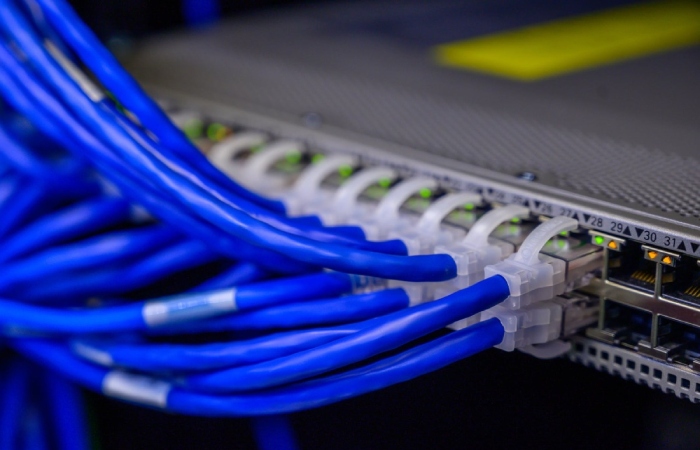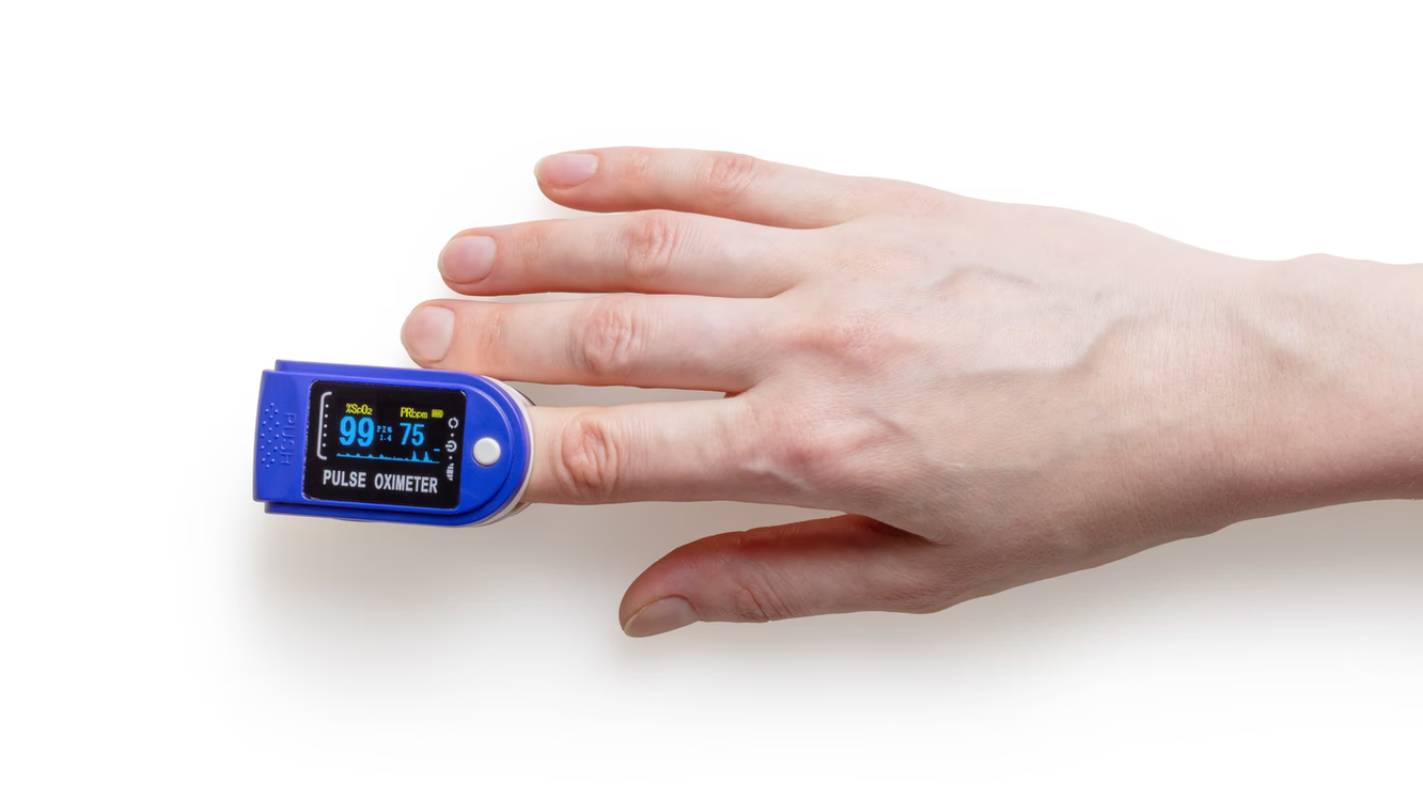Table of Contents
The Best Network Cables, Depending on Use and Distance

Wi-Fi is one of the most common ways to connect to the Internet through our local network. However, another essential one is the Ethernet network cable that uses the RJ-45 connector. Today in RedesZone, we will talk to you about the best network cables according to the use you give them and the distance you have to travel. It is imperative to consider the cable category as a determining factor.
A critical factor to take into account is that the best way to take advantage of the full potential of our Internet connection is to use a network cable. Wi-Fi networks often do not provide us with all the bandwidth that we agree. It could be because the router does not have enough capacity, the Wi-Fi device cannot support this speed, or because the Wi-Fi networks of other neighbours are being interrupted.
However, if we choose to use a network cable, we will have no problem using the maximum speed unless our PC or laptop is old. We have to bear in mind that if the cable is too long, we will have to buy a suitable line with additional protection to perfect the signal. Before recommending a range of network cables, we will briefly discuss the categories and types of shielding.
Network Cables: Category and Shielding

We choose our network cables, depending on the use that we will give them by selecting the cable in the most appropriate category for our needs. In this table, you have the most recent:
| Category | Speed | Frequency |
| CAT 5 | 100 Mibt/s | 100 Mhz |
| CAT 5E | 1000 Mibt/s | 100 Mhz |
| CAT 6 | 1000 Mibt/s | 250 Mhz |
| CAT 6A | 10000 Mibt/s | 500 Mhz |
| CAT 7 | 10000 Mibt/s | 600 Mhz |
Cat 5E cables are the least that anyone should buy, which still come free with routers and network devices. We recommend using Category 6 network cables in RedZone due to the small price difference. Another factor that selects into account is the shield, which is a shield that protects the wires under their plastic jacket. The goal is to avoid electromagnetic interference from transformers, motors, and electrical cables.
Depending on the shielding, we can divide network cables into the following classes:
UTP Cable
Unshielded and Shielded are the cheapest and most flexible.
Shielded Twisted Pair (FTP) Cable
The pairs are not individually shielded but have comprehensive, all-inclusive protection.
The individually shielded twisted pair (STP) cable
Contains each of the twisted pair cables covered by a protective aluminium sheath.
Double-shielded S / FTP cables
On the one hand, each cable has a protective layer, and then another extra layer is added to cover the whole assembly.
How Many Devices Can I Connect To Wi-Fi at Most

Wireless networks are essential among Internet users these days. We have many devices that we can use to connect to the network and access services, websites, exchange files, etc. Several of them can also be connected to the access point via cables, but it is becoming less available precisely because of Wi-Fi networks’ improvement. What is the limit now? This article explains how many devices we can connect to our Wi-Fi and when we could have problems.
How Many Devices Can We Connect to a Wi-Fi Network?
Modern routers can connect a large number of devices simultaneously. Wireless networks have improved dramatically over the years, and this also means less hassle when access points can manage the various connections.
Maybe a few years ago, we didn’t have more than 5 or 6 devices connected to our router. Today that has changed, especially with what is known as the Internet of things, we have many more connected devices. We are talking about televisions, smart bulbs, video players. In short, a wide range of options is part of our day today.
As with almost everything, there is a limit. Remember that we cannot connect all the devices we want, at least with current home routers, although it is scarce to overcome this barrier with current demands. However, for now, we can say that there is an average of 3 or 4 connected devices per person. Everyone has their cell phone, their laptop, maybe a tablet, an e-book.
Theoretical Maximum Capacity
The maximum ability of a router to connect devices is by the number of IP addresses it can process. If we consider the subnet mask 255.255.255.0 and the IP address used by the router itself, we can say that the theoretical maximum limit for computers to connect is 253. Of course, here we can include both wired and Wi-Fi devices.
However, this maximum number is theoretical. It will be less and depend on the type of router in practice. Additionally, it is worth mentioning that we are nationwide since more professional access points can host more connections.
Maximum Clients Allowed
However, if we consider a more realistic feature, we must adhere to the maximum number of clients allowed on a router. This number will limit which we can connect to our device via Wi-Fi, although we can change it.
It depends on the router, but a prevalent number is 64, the number of clients (devices) that will allow a connection. As mentioned above, we can change this number on many routers.
To see the maximum number of clients allowed in the router and change the mapping, we need to access its configuration. In general, we can enter 192.168.1.1, enter the credentials, and go to the Wireless or Wi-Fi section there. It may be in advanced settings (this depends on the device). Various points of the wireless network are displayed there. One of them is the maximum number of devices allowed.
How Many Devices Connected to the Internet Will We Have Problems With?
This question does not have an exact answer. It will depend a lot on the type of router and the connection we use. It is not the same to have 4 computers connected to Wi-Fi and download and upload content to the network, thus consuming bandwidth and 10 devices such as mobiles, tablets, electronic books, and televisions. That is practically not consuming the width of the band.
However, we can give an approximate idea of when we can begin to have problems. Let’s say we have a 50 Mbps connection and 10 devices connected. The speed of that connection, the maximum capacity, will be divided among the equipment that we have connected. If, for example, we need to have an excellent speed to make a video call without cuts or upload files quickly to the cloud, if we have 10 devices connected and only 50 Mbps, we could have problems.
On the other hand, if that same example is a 1 Gbps fibre-optic connection, the problem would be much less. We have a much higher bandwidth to divide between the same number of devices, so in that case, the number of computers connected to Wi-Fi can be higher without problems. In this case, theoretically, at least, we could have up to 50 devices with a distribution of 20 Mbps for each one.
However, from 15 or 20 devices connected to the router, we could have problems. Again this will depend on the type of device we have, but in a primary home router, we can set that barrier as the limit from which we can start to have some problems, loss of connection, etc.









